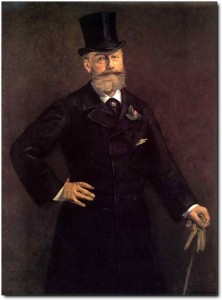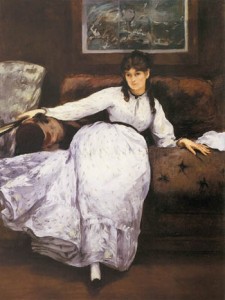As we move into week two of the bellwether spring auctions at Sotheby’s and Christie’s, a remark made by Brett Gorvy, Chairman and International Head of Post-War and Contemporary Art at Christie’s, keeps rolling around in my head.
 First the set-up: Speaking of buyers in the market this season in an article headlined “Sure Bets” in The New York Times on Apr. 29, he said, “tastes are conservative but they want quality, technical virtuosity, beauty and color.”
First the set-up: Speaking of buyers in the market this season in an article headlined “Sure Bets” in The New York Times on Apr. 29, he said, “tastes are conservative but they want quality, technical virtuosity, beauty and color.”
Then, in a sidebar to that article examining a few choice lots, Gorvy said about Gerard Richter’s Abstraktes Bild (798-3), which is on offer at Christie’s tomorrow night and estimated at $14 million to $18 million, “It’s eye candy for the emerging buyer.” (It’s shown at left.)
I found that an odd, especially since Robert Manley, a contemporary art specialist at Christie’s called the painting “one of the most valuable Richters to come to market” in a Christie’s press release. Manley also said it was “one of two unqualified masterworks” by Richter in the sale, the other being a figurative work called Seestüeck (Leicht bewölkt), which is one of a small series of seascapes painted in the late 1960’s, “most of which are in museum collections, including the Staatsgalerie, Stuttgart, Bockmann Collection, Berlin and the Kunsthalle Hamburg.”Â
Christie’s is actually selling six Richters this week, and says “This major comprehensive grouping includes works from the 60’s to the 90’s and is estimate to realize more than $40 million.” It headlined the press release “A Landmark Event in the Richter Market.”
Across town, meanwhile, Sotheby’s is offering four Richters, with combined presale estimates of $17.8 million to $24 million. And by the way, last year alone works by Richter brought $200 million at auction, among the highest of Western artists.
Seems a little high for eye candy, don’t you think? I’m puzzled by Gorvy’s comment, which shows disrespect for both the painter and his potential buyers.





